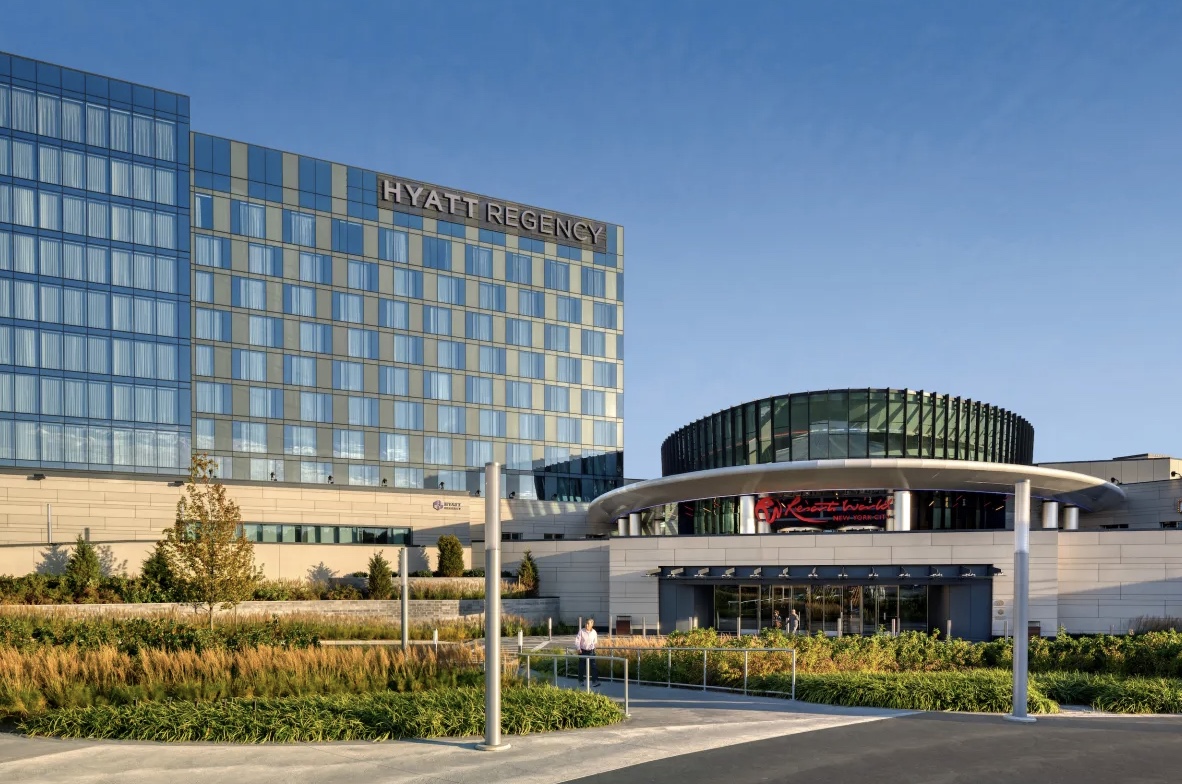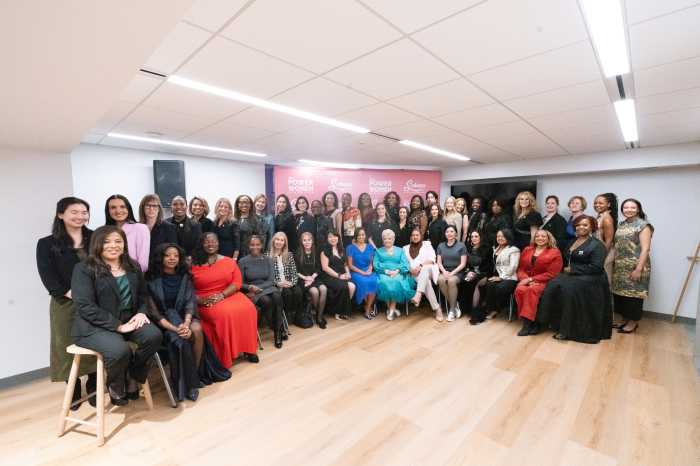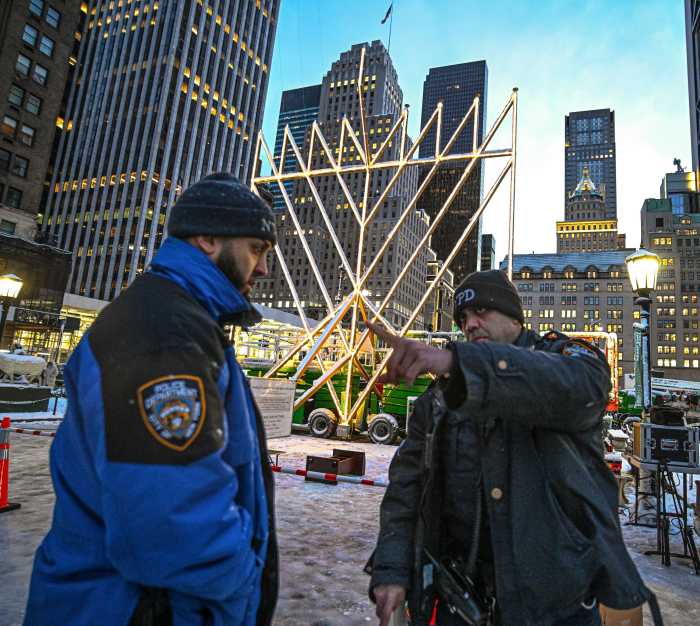By Juan Soto
If everything goes according to plan, the Matinecock tribe in Little Neck will never be forgotten.
It is expected that sometime by next summer, the intersection at Northern Boulevard and Marathon Parkway be named for Matinecock, a native American people that who lived in the area for centuries.
Behind all the work that will lead to the historic moment is Jason Antos, a member of the Bayside Historical Society, an organization founded in 1964 by Joseph Brown to preserve information about Bayside and its surrounding communities.
“I wanted to do a community project and came upon the topic of the Matinecock tribe in Little Neck,” said Antos, co-author of the proposal, which was approved unanimously by Community Board 11, covering Little Neck and other communities in the northeast section of Queens.
The Matinecock were indigenous inhabitants of Little Neck and its adjacent communities. They settled in the 1600s and were great hunters and fishermen.
After the board’s favorable vote, City Councilman Paul Vallone (D-Bayside) introduced legislation in the City Council to get the final approval to name the Little Neck intersection to honor the Matinecock tribe. He expects to have the thumbs-up by his colleagues by the summer.
Antos, author of several books, spoke this month about the tribe and its burial ground during a Nov. 14 conference at the Douglaston-Little Neck Library branch. The event included the screening of the documentary “The Lost Spirits,” a film about the Matinecock tribe by director Eric MaryEa, a Matinecock descendent.
The library was packed. Some people were turned away because of the lack of space.
In January, there will be two additional screenings of the documentary, one at the library and another one at the Douglaston Manor.
“My family and I are very happy about the idea [of co-naming the street], as well as members of the scattered Matinecock Indians,” said Donna Barron, a Matinecock descendant who published three books about her heritage “in hopes of keeping their history alive. Finally, we are getting recognition for our people and our ancestors,” she said.
Supporters of the co-naming say is the right thing to do, especially because when the city widen Northern Boulevard in the 1930s, it unilaterally removed the Matinecock burial ground that was in Little neck. The bodies were placed in a mass grave at the cemetery of the Zion Episcopal Church, located around the Douglaston Parkway.
“The street renaming serves to honor the people who were the original inhabitants on Queens’ north shore,” Antos, an editor at the Queens Gazette newspaper, said. The co-naming of the intersection will honor “the old cemetery and also mark the place where the Matinecocks had their ‘last stand’ when they were officially evicted off the land”.
The Matinecock Indian tribe was pushed out about 80 years ago when the city began to widen Northern Boulevard.
“I think this is a good idea to educate the community about the Matinecock tribe,” said Antos.
Reach reporter Juan Soto by e-mail at jsoto@cnglocal.com or by phone at (718) 260–4564.



































